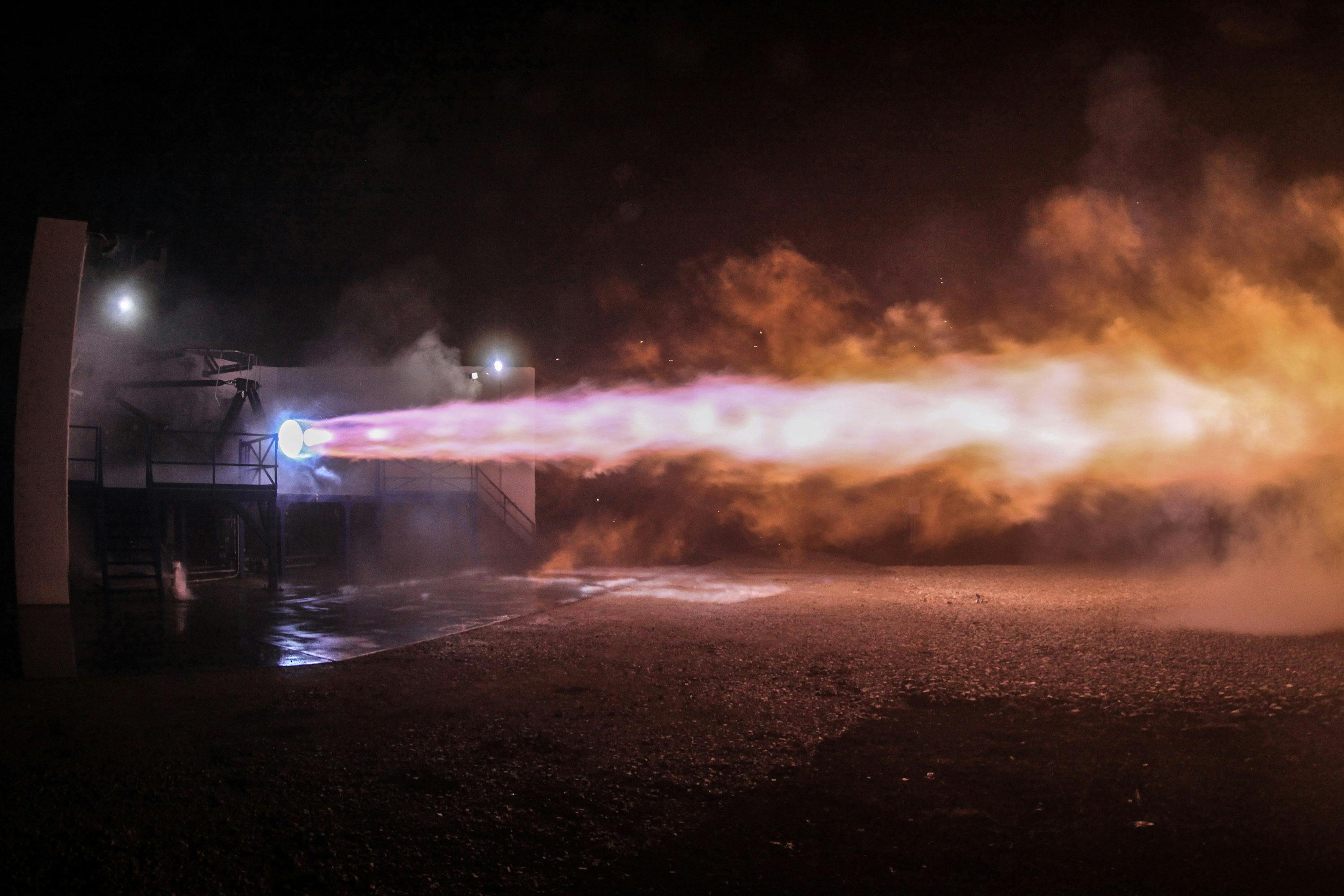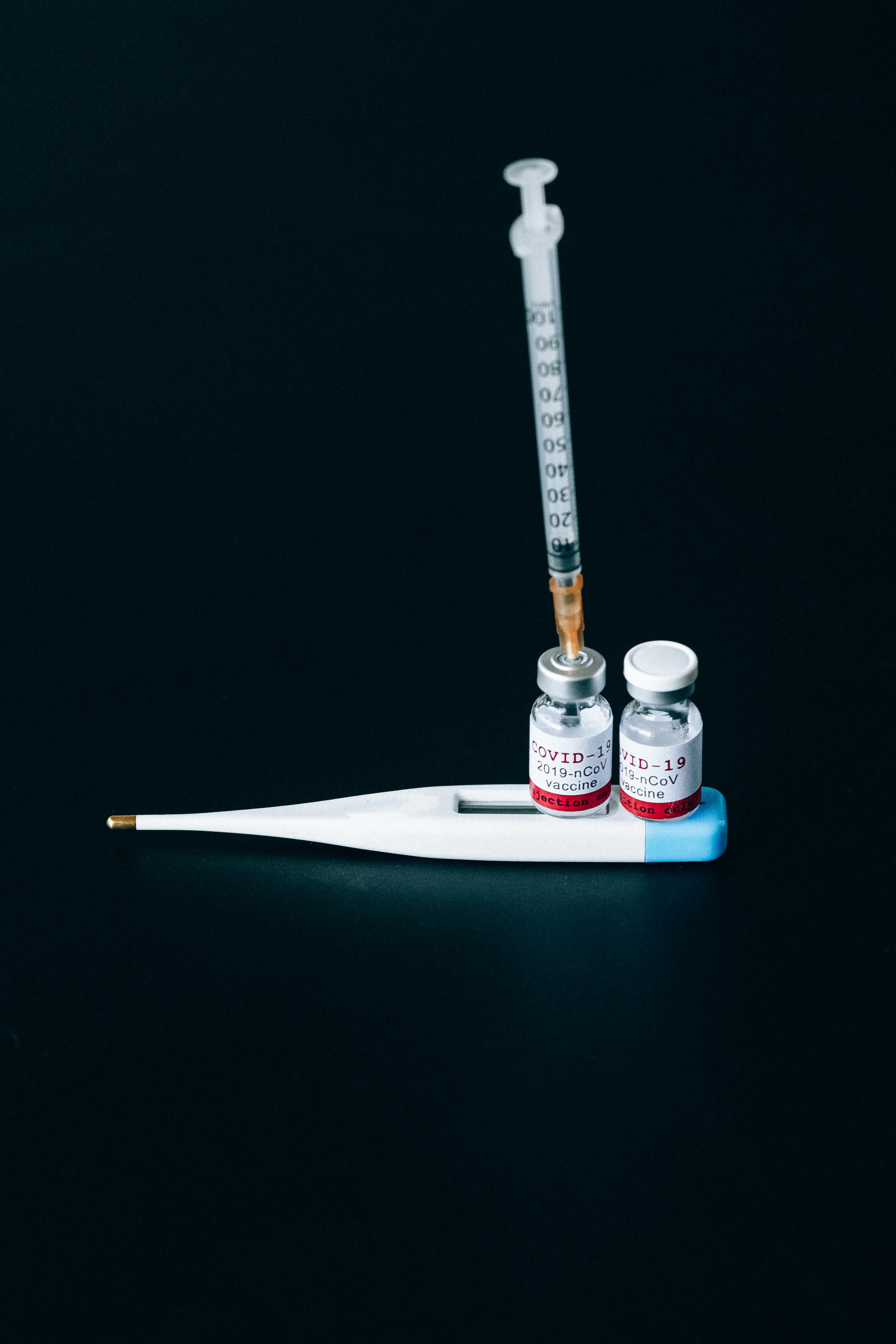Is Trial Science a Real Thing? Unpacking the Truth
In the intricate world of law and litigation, the term “trial science” is gaining traction. But is trial science a real thing, or merely a marketing buzzword? As legal battles become more complex and juries more unpredictable, professionals are increasingly turning to scientific principles to optimize courtroom outcomes. This article explores the reality of trial science, its principles, applications, and future potential.

Understanding the Fundamentals
Trial science refers to the application of psychological, sociological, and statistical research in the courtroom to influence trial outcomes. It bridges the gap between legal theory and human behavior by focusing on how juries, judges, and witnesses respond to different stimuli.
This field has evolved over decades, especially since the rise of forensic psychology and litigation consulting. It matters because it allows legal teams to anticipate reactions and design strategies that resonate more effectively with their audience.
1.1 Jury Psychology and Behavior
Jury psychology studies how jurors process information, make decisions, and are influenced by group dynamics. For example, studies show that jurors tend to remember narratives better than isolated facts, which is why storytelling is so powerful in courtrooms.
Real-world application includes mock trials and focus groups to test arguments before the actual trial. A common misconception is that jurors are impartial; in reality, biases often influence verdicts.
1.2 Voir Dire and Jury Selection
Voir dire is the process of questioning potential jurors to identify biases. Trial science enhances this process through behavioral profiling and data analysis, unlike traditional gut-feel methods.
In high-stakes litigation, consultants use algorithms to flag juror responses, helping attorneys strike those less likely to be sympathetic. This has proven effective in both criminal and civil trials.
Practical Implementation Guide
Now that we understand what trial science entails, let’s look at how it’s applied in practice. This involves integrating behavioral research, mock trials, and real-time jury feedback to craft compelling courtroom narratives.

2.1 Actionable Steps
- Mock Trials: Conduct simulated trials with diverse participant groups to test themes and arguments.
- Data Collection Tools: Use surveys, eye-tracking software, and emotional analytics during focus groups.
- Performance Benchmarks: Establish KPIs such as juror recall, bias identification, and persuasion levels.
2.2 Overcoming Challenges
Trial science isn’t without its hurdles. Common obstacles include:
- Limited budgets for small law firms
- Access to unbiased mock jurors
- Legal resistance to behavioral data
Solutions include collaborating with universities for joint studies, leveraging AI-powered tools, and increasing attorney training. Experts recommend gradual integration of trial science to avoid overwhelming legal teams.
Advanced Applications
As legal technology evolves, so does the scope of trial science. Advanced applications now include real-time jury analytics, neurolinguistic programming (NLP), and virtual reality (VR) reconstructions of crime scenes.

3.1 Real-Time Jury Analytics
Some courtrooms now allow for real-time feedback using handheld response devices or hidden observers. This helps adjust trial strategy mid-course. In one case, shifting the order of witnesses increased juror retention by 35%.
3.2 Virtual Reality Reconstructions
Using VR, jurors can “experience” the scene, which enhances memory retention and emotional engagement. This has been especially useful in cases involving accident reconstructions or crime scene walkthroughs.
Future Outlook
Trial science is poised to grow significantly in the next 3-5 years. Trends like AI-assisted juror profiling, predictive modeling for case outcomes, and broader use of machine learning will reshape the litigation landscape.
Lawyers and firms can prepare by investing in interdisciplinary training, subscribing to trial science journals, and attending specialized workshops. Staying informed ensures competitiveness and adaptability.
Conclusion
To summarize, trial science is not just a theoretical concept—it’s a real, evolving discipline with tangible benefits. Its core strengths lie in behavioral prediction, data-driven jury selection, and dynamic courtroom presentation strategies.
Legal professionals should embrace trial science to improve win rates and make better-informed decisions. Ready to integrate it into your strategy? Consider starting with a mock trial or behavioral analysis consultation.
Frequently Asked Questions
- Q: Is trial science a real thing? Yes, it’s a legitimate interdisciplinary field combining psychology, sociology, and law to influence trial outcomes.
- Q: How do I get started with trial science? Begin by conducting mock trials or hiring a trial consultant for your next case.
- Q: How much time does it take to see results? Results can emerge in weeks, depending on trial preparation timelines and implementation depth.
- Q: Is trial science expensive? Costs range from $5,000 to over $50,000, depending on trial length, tools used, and consultant expertise.
- Q: How does it compare to traditional legal methods? Trial science adds empirical data and reduces reliance on guesswork, offering a strategic edge.
- Q: Is it hard to learn? It requires cross-training in law and psychology, but many resources and certifications are available.
- Q: Can trial science help in medical malpractice cases? Absolutely—jury behavior studies are especially useful in emotionally charged, technical cases like malpractice.
